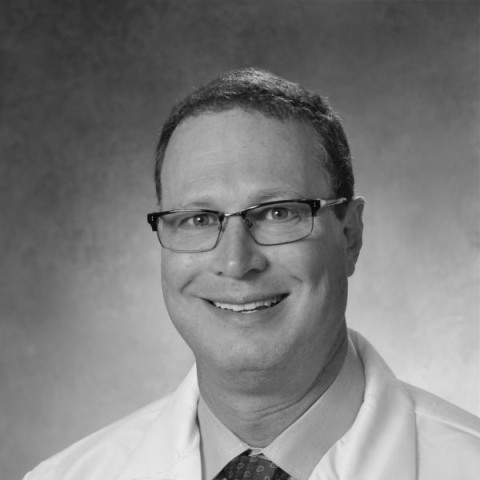For 20 years, the University of Chicago’s popular "Conquest of Pain" course has given College students a unique opportunity to study the neuroscience and physiologic mechanisms of anesthesia and pain management. Though remote learning changed the hands-on nature of the course this past year, students still were able to take advantage of the seminar format and engage with experts in various fields, from psychologists at NASA to neurosurgeons to scientists studying addiction.
“The most rewarding part of this class was interacting with a diverse group of world-class physicians and researchers in an intimate setting. Because there were only 18 students in the class, our lectures were highly interactive, and we were able to ask any questions we could think of,” said Emily Guernsey, a third-year majoring in neuroscience and biological sciences.
With a focus on the pain physiology and proposed mechanisms of anesthesia, the course aims to help undergraduates from all backgrounds understand what causes pain, how it is transmitted and what kinds of treatments are available. Additionally, it highlights anesthesia as one of the most fundamental medical discoveries to date, paving the way for surgery.

Designed with an emphasis on interaction, the class size was reduced to be taught in an intimate seminar style so that students could ask questions during speakers’ presentations. Typically, students have the chance to shadow Keith Ruskin, professor of anesthesia and critical care, in the operating room to see him care for his patients, as well as explore the post anesthesia care unit, where they can see patients in various states of emergence. They also are able to observe subspecialty procedures like cardiac or neurosurgery. Though the in-person experience was suspended this year due to COVID-19, the visits will resume in time and will be open to any past students who are interested.
Aspiring to blend both her neuroscience and the biological sciences background, Guernsey eagerly waited to take this class when she entered the College and even wrote her UChicago admissions essay about it. Though there was an abundance of inspiring speakers, she was most impacted by a lecture on chronic pain from Tariq Malik, associate professor of anesthesia and critical care, which emphasized the importance of gaining patient trust and acknowledging the reality of their pain even in the absence of physical evidence.
“Throughout my life, I’ve watched many of my family [members] receive and learn to cope with chronic pain diagnoses. This process is both physically and emotionally draining,” said Guernsey. “I found the lecture inspiring amid the primarily negative discourse surrounding provider-patient interactions in chronic pain treatment.”
To Bryce Millington, a fourth-year majoring in neuroscience, the first day of class was unforgettable. Erin Flynn-Evans, research psychologist and director of the Fatigue Countermeasures Laboratory at NASA’s Ames Research Center, spoke about her sleep physiology studies and how she contributes to the health and well-being of astronauts who do not have the same day and night stimuli in space to help regulate their biological clocks.
Similarly, fourth-year biological sciences major Ege Yalcindag loved the complexity of the course and its real-life applications.
“I was able to gain a deep understanding of neurobiological concepts that I had studied only at a surface-level in my biology fundamental courses,” she said “These concepts were grounded in ongoing research trials and real-life patient cases.”